In the animal kingdom, aggression is often the key to survival. Whether it's fighting for food, territory, or protection, some animals are naturally more aggressive than others. These creatures are fearless, relentless, and known to engage in fierce battles. Here are the top 10 most aggressive animals in the world—species you certainly don’t want to mess with.
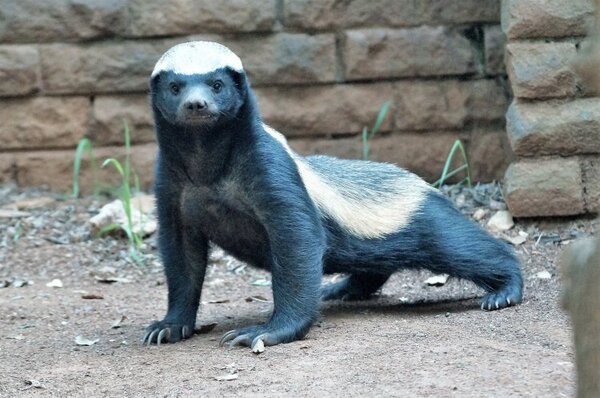
The honey badger, often referred to as the "most fearless animal in the world," is small but packs a punch. Native to Africa and parts of Asia, the honey badger has earned its reputation through sheer guts and tenacity. This creature doesn’t back down, not even from lions, buffaloes, or venomous snakes. Their aggressive behavior is driven by survival instincts—they fiercely defend their food and territory, even when facing much larger predators. Despite their size, honey badgers are quick, agile, and have an incredibly tough hide that allows them to endure venomous bites. Their refusal to back down is why they are regarded as one of the most aggressive animals on Earth.
Source: National Geographic
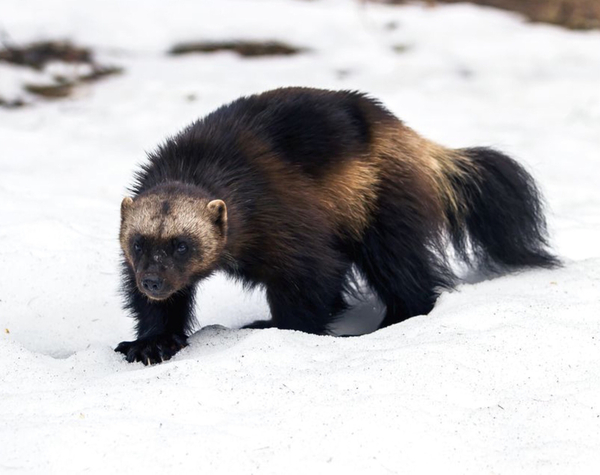
The wolverine is one of nature’s most ferocious carnivores. These stocky, muscular animals are known for their ability to take down prey much larger than themselves, from moose to caribou. Wolverines are notorious for their aggressive interactions with other animals, including stealing food from wolves, bears, and even cougars. Their power, agility, and extreme tenacity make them one of the most dangerous animals in the wild. Even larger predators will give the wolverine a wide berth, knowing that it will fight back ferociously. Wolverines are solitary animals and are relentless in defending their territory.
Source: BBC Earth
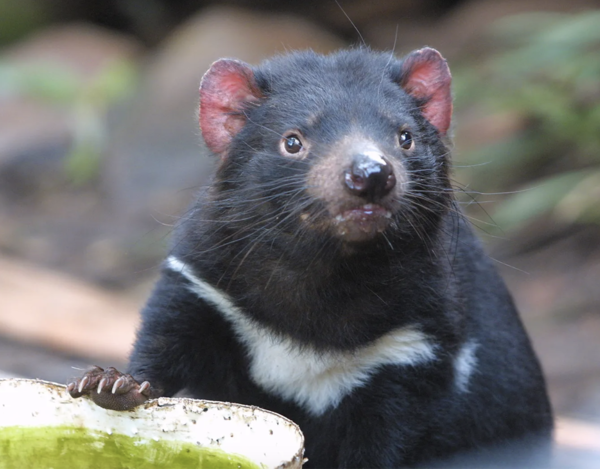
The Tasmanian devil may look like a small, innocuous creature, but it’s one of the most aggressive animals in the world. Known for their loud, ear-piercing screeches and rapid, furious movements, these nocturnal creatures are highly territorial and fight intensely over food. Tasmanian devils are equipped with powerful jaws capable of crushing bones, and they will fight each other viciously over a meal. While they generally scavenge, they aren’t afraid to challenge much larger animals when food is scarce, earning them their reputation as ferocious survivors.
Source: Australian Museum
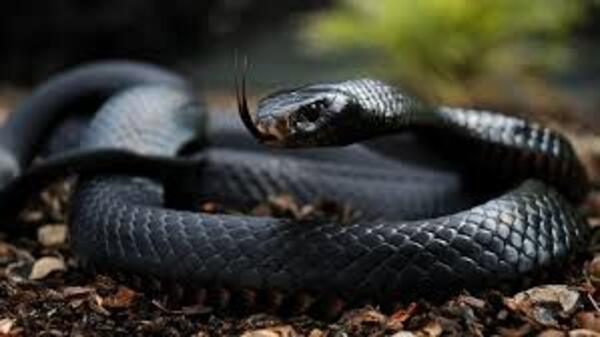
The black mamba is one of the deadliest snakes in the world, known for both its speed and aggression. Native to sub-Saharan Africa, the black mamba can strike up to 12 times in a single attack, injecting large amounts of potent venom with each bite. It’s not just its venom that makes it dangerous, but also its aggressive nature. Unlike many snakes, the black mamba is quick to attack when threatened and is highly territorial. With its lightning-fast movements, it can reach speeds of up to 12 miles per hour (19 km/h). A bite from this snake is almost always fatal if not treated immediately.
Source: Smithsonian National Zoo
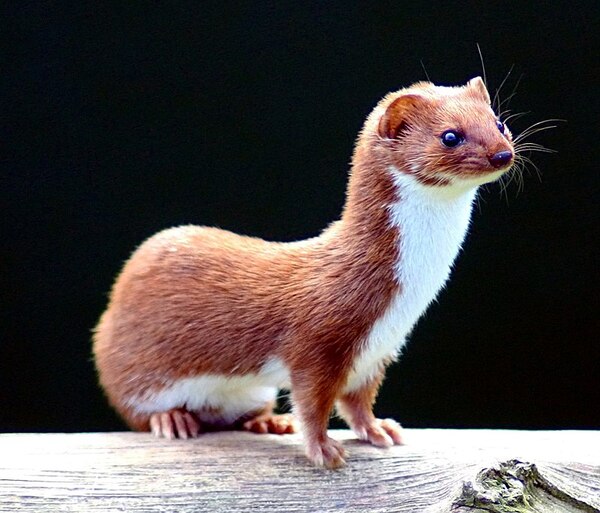
The mustelid family, which includes weasels, ferrets, otters, and martens, is known for its feisty and aggressive behavior. Despite their small size, members of this family are fearless hunters and defenders. They have sharp teeth, incredible agility, and a high metabolism, all of which make them relentless in both hunting and fighting. Weasels are particularly known for attacking animals many times their size. They don’t hesitate to engage in battle to protect their territory, food, or young, and are notorious for their quick strikes and cunning behavior.
Source: Wildlife Conservation Society
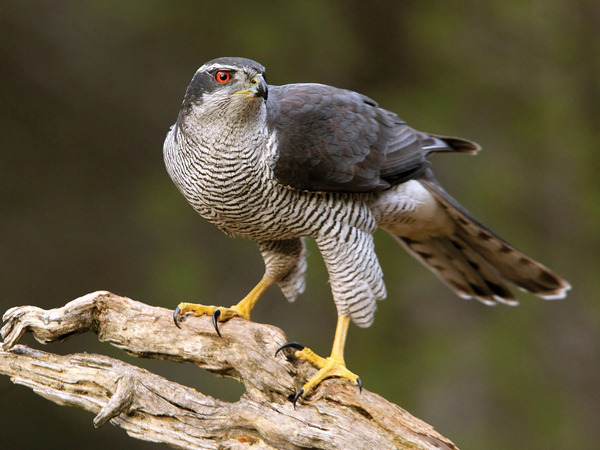
The Eurasian goshawk is one of the most aggressive raptors, known for its lethal strikes and territorial defense. These birds of prey have powerful talons and can catch a wide range of prey, from birds to small mammals. They are fiercely protective of their nesting sites, often attacking other birds or animals that come too close. Their aggression is especially evident during the breeding season when they will defend their nests from intruders. With their stealthy hunting tactics and sharp talons, the goshawk is a formidable predator.
Source: Cornell Lab of Ornithology
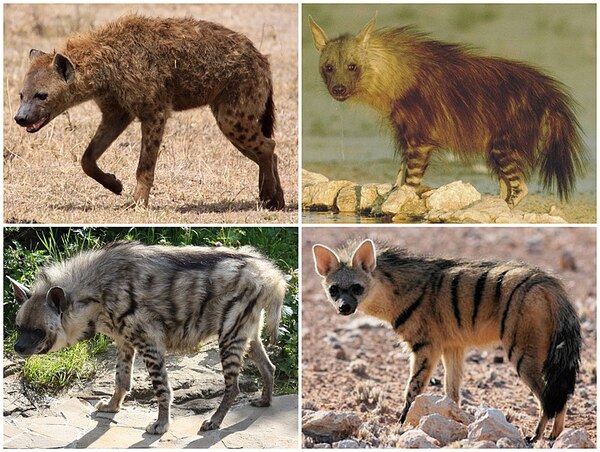
Hyenas are often misjudged as mere scavengers, but they are actually fierce predators. With a highly structured social system, hyenas hunt in coordinated packs and can take down large prey like wildebeests and zebras. Known for their bone-crushing jaws, hyenas have one of the most powerful bites in the animal kingdom. They are aggressive both in the hunt and when defending their food. If a hyena is threatened, it will fight back with its powerful bite and relentless nature.
Source: National Geographic
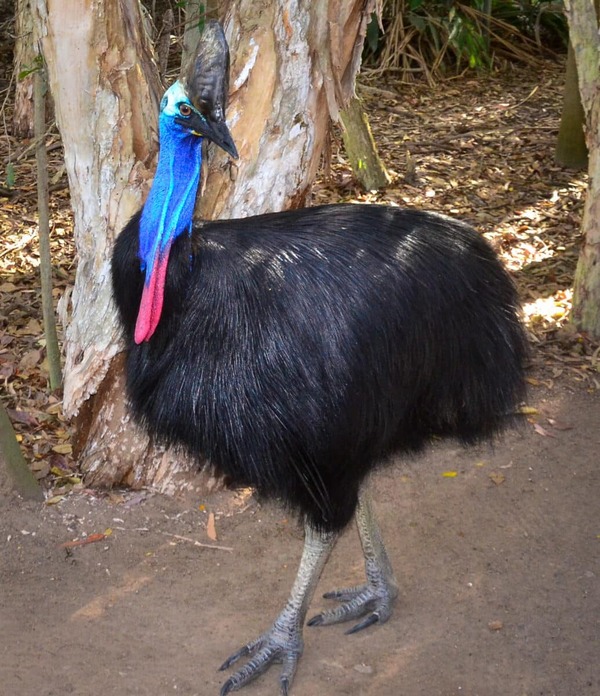
Cassowaries are among the most aggressive and dangerous birds on Earth. Native to New Guinea and parts of Australia, these large flightless birds have powerful legs and sharp, dagger-like claws that can easily disembowel a human. Cassowaries are extremely territorial and will attack anything that threatens their space. With speeds of up to 30 miles per hour (50 km/h), they can close in on their target in seconds and strike with deadly precision. Due to their immense strength and aggression, they are considered one of the world’s deadliest birds.
Source: Australian National Wildlife Collection
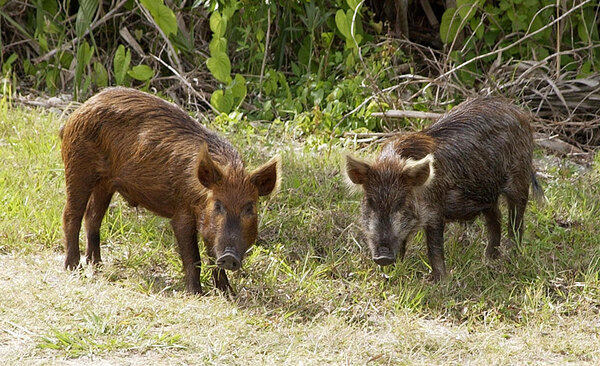
Feral wild boars are formidable adversaries due to their tusks, powerful bodies, and aggressive nature. When cornered, these boars will charge, using their sharp tusks to injure or kill predators and humans alike. Wild boars are territorial and can become highly aggressive during the mating season or when defending their young. They are also notorious for invading agricultural areas and are known to be a serious threat to farmers and wildlife alike.
Source: Wildlife Conservation Society
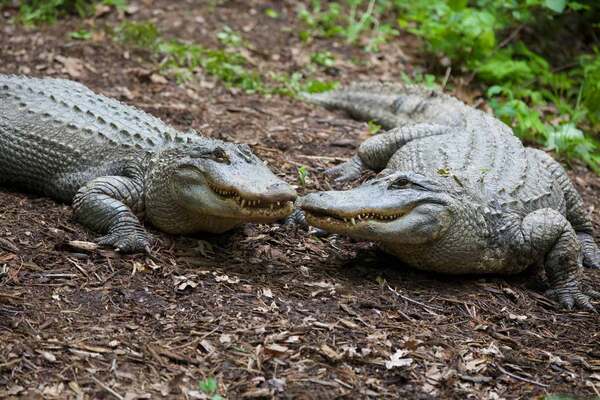
The American alligator is a massive predator capable of both stealthy ambushes and fierce territorial defense. These reptiles can grow over 13 feet long and are known for their powerful bite force. While they are typically not aggressive toward humans unless provoked, they will attack when they feel threatened or hungry. Alligators are also known to be highly territorial, attacking other animals that invade their space. Their aggression is often underestimated due to their calm demeanor, but they can become extremely dangerous in the wild.
Source: National Park Service
Aggression is not just about being "mean"—it's an essential survival mechanism in the animal kingdom. For animals like the honey badger and wolverine, aggression helps them secure food, defend territory, and protect themselves from larger predators. In many cases, these animals are not the biggest, but their aggressive behaviors make them the most dangerous.
For example, the black mamba’s aggression in defending its territory ensures it can avoid conflict with larger predators while keeping other animals at bay. Similarly, the aggressive behavior of the Eurasian goshawk ensures that it is able to maintain control over its territory, which is vital for breeding and hunting.
Aggressive Animals: Honey badger, wolverine, black mamba, and more
Territorial and Fearless: Cassowaries, hyenas, and others dominate their environment
Survival-Driven: These animals' aggressive behaviors help them thrive in the wild
Understanding these animals helps us appreciate how aggression plays a crucial role in their survival. From defending themselves against larger predators to hunting for food, these animals show that aggression is a key strategy for thriving in the harsh world of the wild.
Aggressive animals like the honey badger, wolverine, and cassowary show that size is not the only factor that determines who survives in nature—it’s often the willingness to fight. With specialized adaptations, relentless temperaments, and fearsome physical abilities, these creatures prove that aggression is a powerful tool for survival.
animal tags:
We created this article in conjunction with AI technology, then made sure it was fact-checked and edited by a Animals Top editor.